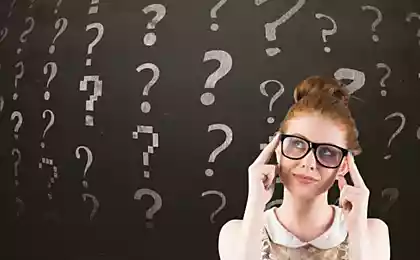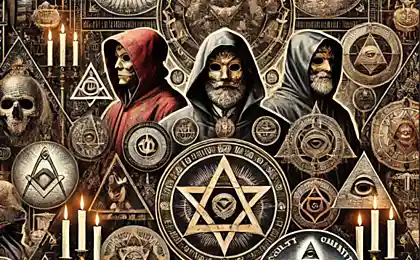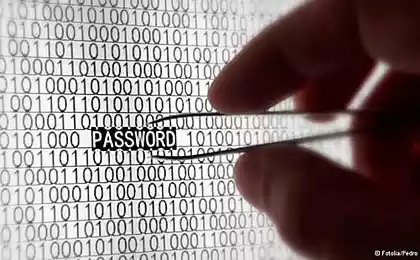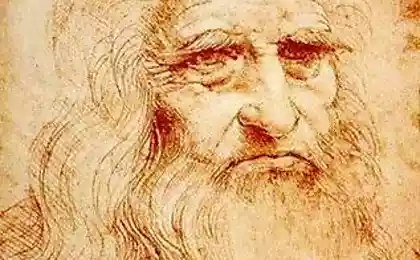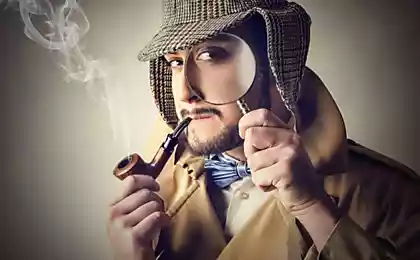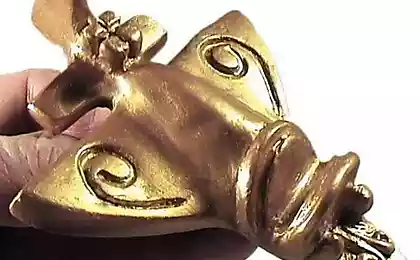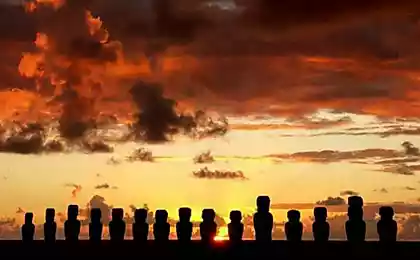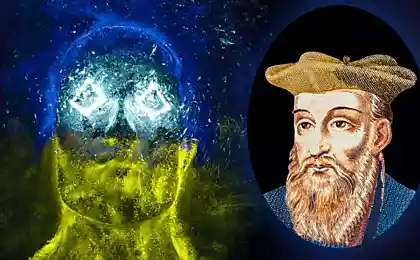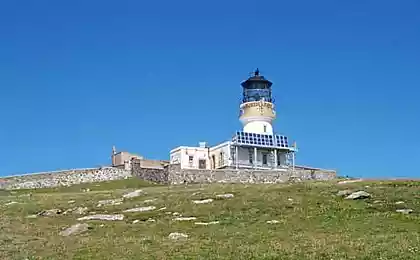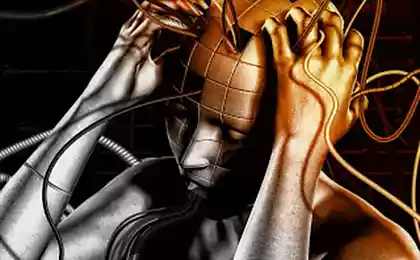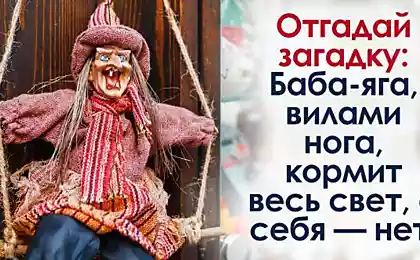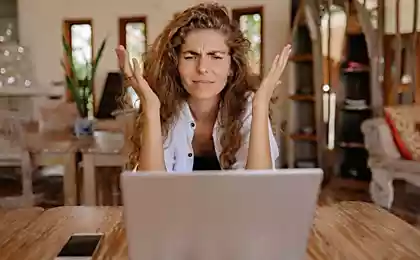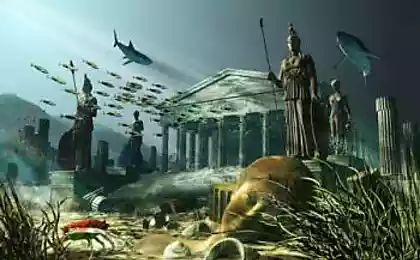666
The most mysterious ciphers in history
Phaistos distinguish from Norway announced that cracked the rune code to the Vikings, which is more than 1200 years.
Still have not deciphered the oldest printed text on earth. During the excavation of the Palace of the Minoan kings of Crete, destroyed by an earthquake in 1500 BC, in one of the caches discovered round plate of clay the size of a saucer. Both sides something of the printing plate extruded 242 icons. Archaeologists have counted 45 different signs, from "head with a Mohawk and head tattoo" to "Lily", "Daisy" and "small axe" (they are, incidentally, easy to dial from the keyboard of any computer: the creators of Unicode, a universal character set for all kinds of fonts, found there a place for ancient Minoan signs).
Since 1908, when the disc fell into the hands of scientists, at least 20 times linguists (or non-professional lovers of all mysterious) solemnly declared that the cipher is revealed. One was instruction for the sacrifice ("In silence, lay aside the best part is still not cremated animal"), others the praise of the hero ("Arion, the son of Argos, has no equal"). The situation could clarify the comparison with another ancient script of Crete, the so-called "linear A". However, it is also not amenable to decoding.
The Sculpture Kryptos
In 1990 in the courtyard of the headquarters of the CIA mounted curved bronze sheet, which is stamped 1735 letters and question marks. Sculptor Jim Sanborn helped the officer-cryptographer ed Sheidt. The authors officially announced that the cryptogram contains four coded messages that when combined, allow us to formulate some mystery. The first of these messages was able to read a California mathematician in 1999, it was "Between the light shade and lack of light are shades of illusions" (and the word "illusions" was intentionally a typo). Was soon deciphered two more.
A year ago, the national security Agency of the USA, the intelligence Agency, which Edward Snowden has accused the total surveillance of the Internet — announced that their analysts have to deal with three of the four ciphers sculpture in 1993. The fourth is not opened at present.
Machine "Enigma"
British mathematics in their own way participated in underwater battles of world war II. Halfway between Oxford and Cambridge, in the town of Milton Keynes, in the midst of war was arranged a sort of Institute where Alan Turing and other scientists-celebrities worked on cracking the code, which Germany used to communicate with submarines.
German Chiprovski used a device similar to a typewriter with two keyboards: one normal, the other with light bulbs. When the radio operator have hit your finger on the button, the light flashed under some other letter. This letter would add to the encrypted version of the message.
Not having any sample of the Enigma at hand, Turing was able to understand the principle of operation of the machine and build your decoder on the basis of logical reasoning. British historian Hensly even said that a breakthrough in cryptanalysis and brought the end of the Second world two, if not four years.
The exceptional role played by the code-breaking "Enigma" in the victory over the Nazis, spoke of Britain's Queen Elizabeth II, when he was posthumously pardoned math a few months ago. In 1952 Turing was sentenced to chemical castration for homosexuality, after which the scientist had committed suicide.
The Voynich Manuscript
If the ancient manuscripts taken to represent Pudovik volumes that even flipping two or three times, this, the most famous, at first acquaintance it looks utterly ordinary. Worn book-sized volume of the series, the cover and the title page blank — not a single indication how and where she was born. Voynich — not the name of the author, and the name of the collector who found it in 1912, "in one of the castles in the South of Europe" (as he writes himself).
In attached to the manuscript covering letter, dated 1666 year, it was said that once (probably in the late sixteenth century Rudolf II, the Holy Roman Emperor, bought it for two pounds of gold. The addressee of the letter was Athanasius Kircher: it's most famous scientist and Jesuit, was asked to help with transcription of the manuscript. 240 pages of parchment inscribed with text in an unknown language and illustrated by images of strange herbs and impossible animals.
For the 348 years that have passed since then, science has made great progress in the reading of the manuscript — although crypto, he became something of a fortress that can and need to attack, not even hoping for success. The least probable is the hypothesis that it was a hoax. Linguists were convinced that the mysterious of the language are executed the same statistical regularities that natural: counterfeiters, decided in jest to write 240 pages deliberate mumbo-Jumbo in the times of Rudolf II, could not know such subtleties.
Codex Seraphinianus
Inspired by the Voynich manuscript, in 1981, the Italian designer and architect Luigi Serafini published his album, designed in the same style: 360 pages of text in an unknown language and miniatures in the spirit of a medieval scientific treatise. Only if the historical manuscript and to suspect that it describes a kind of real flora and fauna, Serafini horse smoothly into caterpillars, and engaged in sex with a boy and a girl on the storyboard turn into a crocodile. In all the interviews Serafini argues that the text is devoid of meaning, but in the sequence of miniatures do not need to find logic — which, of course, only fuels the interest to the book enthusiasts-crypto.
Eatonville
Runic inscriptions — a few thousands, much less texts than the left classical antiquity. And then it usually about a short fragmentary phrases on the plates or on the rocks. Jonas Nordby, a PhD student and a linguist from the University of Oslo, focused on the 80 encrypted: if you try to read them as is, will be nonsense. Nine turned out to be used quite simple by the standards of modern cryptography, algorithm — author of the study calls it Jotunvillur: replace the rune, the name of which ("the name of the rune") ends in the right letter. Why so secretive, it is clear in some cases. One of the inscriptions on the tablets read Nordby says "Kiss me". If you consider that and the addressee, and the sender of the message had to at least be able to read, it is likely that both were men.
source: nlo-mir.ru
Source: /users/1077
